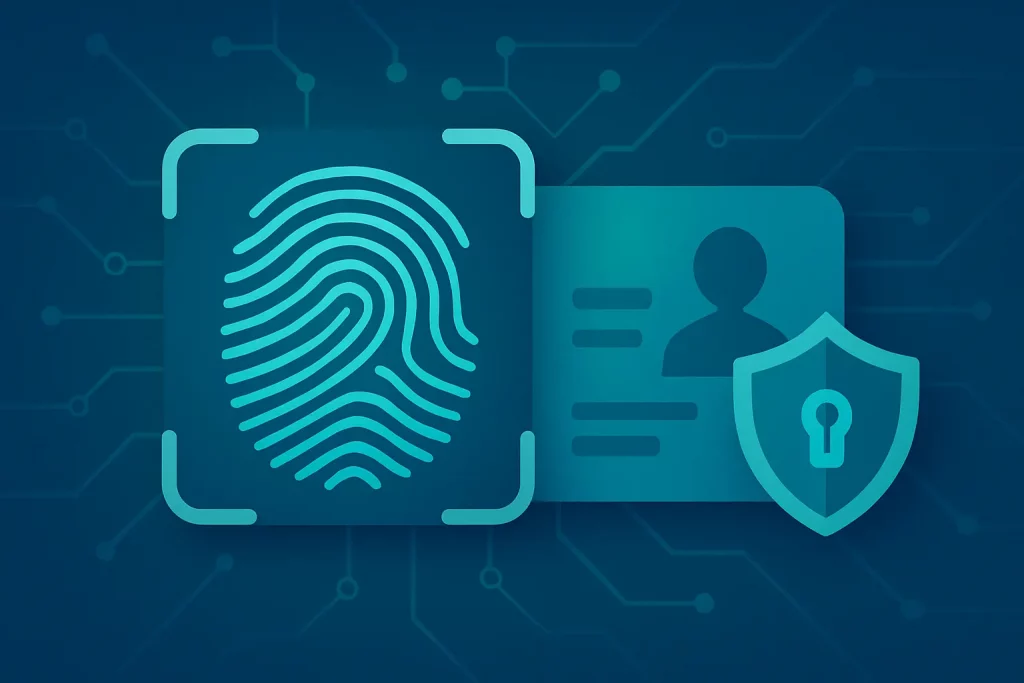
I’m Kayla, and I actually used a digital student ID every day last year. I kept it on my iPhone 13 mini and my Apple Watch SE. My school runs on Transact eAccounts, so I added my ID to Apple Wallet. If you're curious about the broader platform behind those taps, the Transact Campus ID Solutions for Higher Education page breaks down how the company weaves campus credentials into mobile wallets.
My roommate used the CBORD GET app on his Pixel 7 with Google Wallet. We compared notes in the dining hall line, like two nerds who care way too much about gates and beeps.
And you know what? It mostly felt like magic. But it also glitched at the worst times. Let me explain. If you want a second opinion, this deep dive from another student lines up with a lot of what I saw.
Setup: Not hard, but not instant
I did the identity check in the Transact eAccounts app. I had to log in, pass a code, and wait a few minutes. It was done in about 10 minutes. My friend had to wait longer with CBORD—his card took almost an hour to show in Wallet. He kept refreshing like it was a game.
One odd thing: I tried to change my student photo and couldn’t. The system locked it until a new term. Not a dealbreaker, but I looked stuck in my freshman haircut.
If you’d like a plain-English peek at the authentication layer that makes mobile IDs possible, this short OpenID guide breaks down the protocols without the jargon.
Real life moments where it helped
- Dining hall: I tapped my phone on the reader, and it beeped fast. One time I was carrying a tray and used my Apple Watch instead. That felt slick.
- Library gate: The NFC pad by the turnstile liked my phone when I held it flat. If I held it at an angle, it failed. Once I had a metal ring on my case, and it blocked the tap. Took me a week to figure that out.
- Gym check-in: They used a scanner for a QR code at one desk. I had to turn my screen brightness all the way up. Dark screen = no scan.
- Laundry: The machines took campus dollars. Tap, choose washer, done. I stopped hunting for quarters. That alone saved me on a Sunday night.
- Campus bus: Our bus readers took the mobile ID. I love pockets free of plastic. Rainy day, hoodie up, quick tap, done.
- Printing lab: It asked for a tap before my print job. At midterms, the line moved faster with phones. Fewer lost cards = fewer sighs.
That “my phone died” panic
This is the part that sold me. On my iPhone, Express Mode let me tap even when the phone looked dead. Apple calls it power reserve. I got into my dorm after a late study night. Door opened. No drama. It won’t last all day, but it bought me time.
My roommate on Android? He sometimes had to wake his phone first. His taps worked fine, but not always with a true “screen off” feel. It depends on the device and the reader. He learned to just tap twice if the first try failed. Android users looking for official troubleshooting tips can skim the eAccounts Mobile Apps FAQ for Android to see what features and limitations their phones support. There’s an even more detailed Android perspective in this year-long review of Asus’s Digital ID if you want to geek out on the hardware side.
The good stuff I loved
- It’s faster than digging for a card. Less fumbling.
- Apple Watch support is clutch when your hands are full.
- I paid for laundry and snacks with campus funds, no coins or cash.
- Lost phone? I could freeze my card from the eAccounts app on my laptop. That felt safe.
- It handles “I forgot my wallet” days. We all have those.
The stuff that bugged me
- Thick cases or metal rings can block NFC. My cute grip ring? Had to go.
- Some scanners hate cracked screen protectors for barcodes. Mine chipped and the gym scanner threw a fit.
- Readers aren’t all the same. One library gate took my phone super fast. Another one made me tap twice.
- Outages happen. One morning the system went down, and staff had to wave us through. Cool for ten minutes, then chaos.
- Battery life matters. Express Mode helps on iPhone, but you still need a charge after a while. I now carry a tiny power bank.
Little tips I wish I knew on day one
- Add it to both phone and watch if you can. It’s like a spare key.
- Keep a photo of your student number in your notes. Some offices still ask for it.
- If a QR won’t scan, bump the brightness. Works like a charm.
- Turn off those metal phone rings and thick magnetic plates. They block taps.
- Update the app before big rush days (move-in, finals). The login holds can be real.
Who it’s great for
- People who lose cards a lot. Me, hi.
- Folks who use Apple Wallet with Express Mode. It feels smooth and quick.
- Students who live in dorms and do laundry on campus. Less juggling, more doing.
Who might not love it
- If your phone’s old and slow, taps can feel fussy.
- If your campus still scans barcodes everywhere, it’s fine, but not as quick.
- If you keep a very rugged case or metal mount on the back, you’ll fight with the reader.
Outside the campus bubble, state programs like Illinois’s ILogin digital ID wrestle with many of the same usability quirks—worth a skim if you’re curious how larger governments tackle the same problems.
On that note, some upper-classwomen told me they loved having a single-tap way to confirm their student status when they RSVP’d for affinity dating mixers. If you want to see how location-based apps specifically empower Black female students to meet nearby matches, check out this local Black girls dating guide—it shows how verified profiles and proximity filters can make the process safer and more convenient. Meanwhile, students at Kentucky campuses who road-trip to Owensboro for weekend meet-ups often look for equally verified listings off campus, and a quick look at the Listcrawler Owensboro overview explains how that platform vets ads, displays recent photos, and outlines optional screening steps so you can connect with genuine providers instead of rolling the dice on sketchy classifieds.
One small story to end
I was late for an exam. Hands shaking. Coffee in one hand. I tapped the door with my watch, slid in, and sat down. My friend fished for his plastic card for a full minute. He made it, but he gave me the look. After class he asked how to set it up. We did it right in the hallway.
My verdict
I’d keep the digital student ID. It made campus life easier, most days by a mile. It’s not perfect—glitches happen, readers vary, and phone cases can mess things up. But the mix of speed, safety, and “oh no my wallet” peace of mind? Worth it.
Would I carry a plastic backup in my backpack? Yep. It weighs nothing. But I reached for my phone or watch 99% of the time. And that says plenty.
